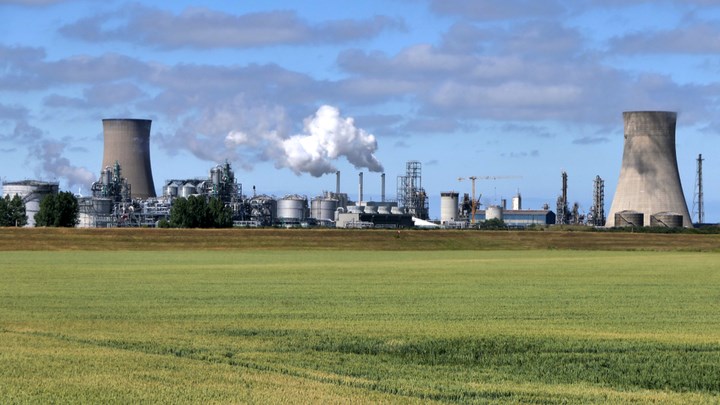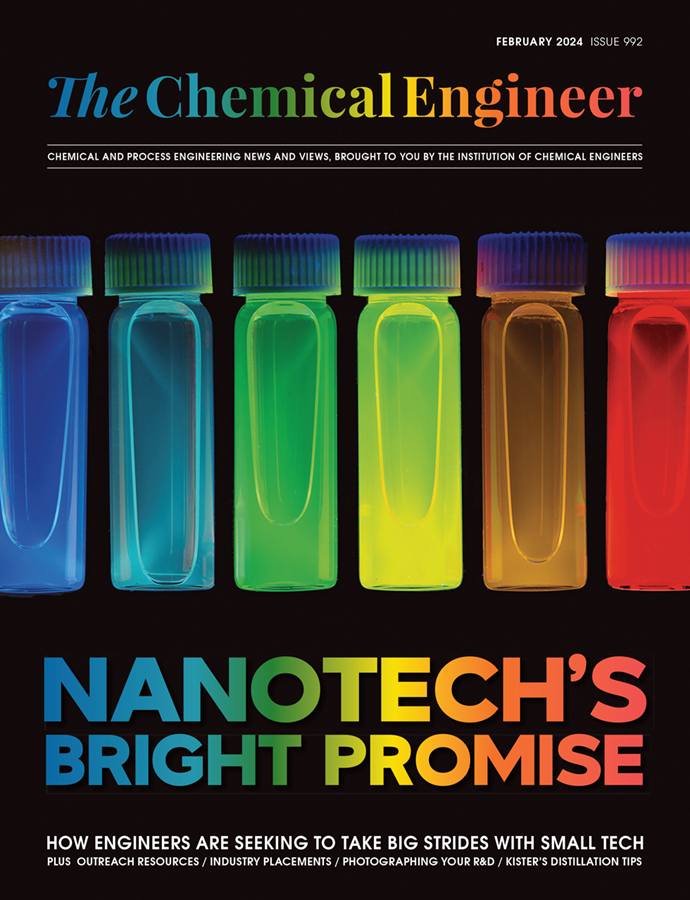Equinor submits plans for Humber hydrogen facility

EQUINOR has submitted plans for its proposed Humber hydrogen production facility to the UK Government as part of the next phase in developing CCUS clusters.
It has submitted plans for its Hydrogen to Humber (H2H) Saltend facility to phase two of the Cluster Sequencing Project. Phase one saw the selection of two CCUS clusters for £1bn (US$1.3bn) of Government support: HyNet and the East Coast Cluster (a collaboration between Zero Carbon Humber, Net Zero Teesside, and the Northern Endurance Partnership). Applications for phase two were open to power, industrial carbon capture, and hydrogen production projects within the selected clusters.
H2H Saltend will have 600 MW of low-carbon hydrogen production capacity and will be capable of carbon capture. It will enable nearby industries to reduce CO2 emissions by almost 1 t/y. Equinor describes H2H Saltend as the kick-starter project for the Zero Carbon Humber scheme, and it will enable Equinor’s wider ambition to have at least 1.8 GW of production capacity in the region by 2030.
The project is backed by six prospective customers: Centrica Storage, Ineos Acetyls, Pensana, Triton Power, Vital Energi, and Vivergo Fuels.
Irene Rummelhoff, Executive Vice President for Marketing, Midstream and Processing at Equinor, said: “H2H Saltend is an exciting ground-breaking project which will provide low carbon hydrogen to multiple industries in the Humber by 2026, and the demand for this is clear from the industrial operators’ agreements we already have in place. Importantly, it is also a major step to a wider hydrogen economy which can reduce emissions across several sectors, act as a catalyst for greater inward investment and economic growth, and working with our partners, also ultimately result in a Zero Carbon Humber.”
Results of successful phase two bids are expected to be announced in May 2022.
Recent Editions
Catch up on the latest news, views and jobs from The Chemical Engineer. Below are the four latest issues. View a wider selection of the archive from within the Magazine section of this site.




